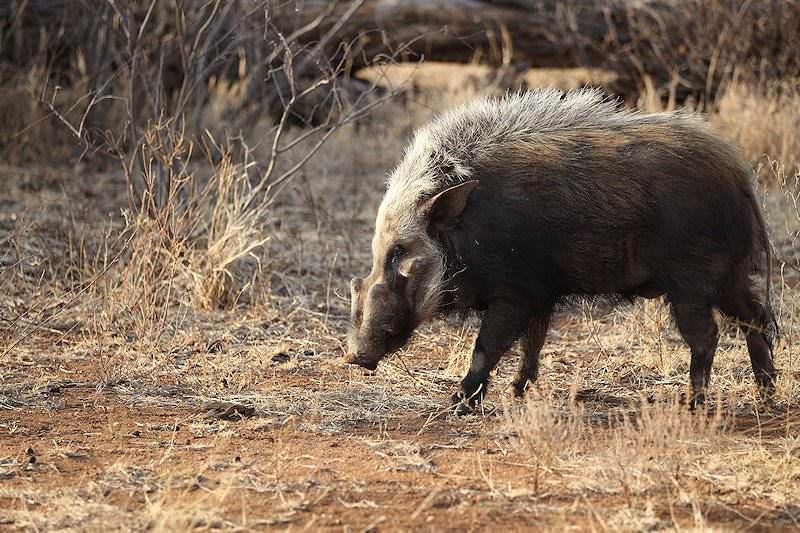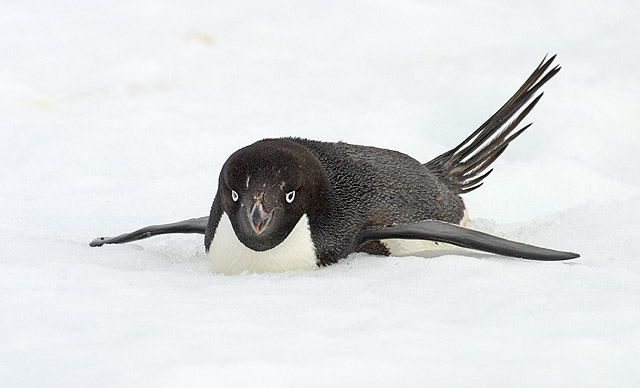
How to Keep Lions Out of Your Garden
And why would you need to?
Imagine yourself in Africa. Mozambique, to be exact. Bush pigs are raiding your veggie crops at night.
Ever seen a bush pig? Not the loveliest of the creatures God made...

You hear those bush pigs raiding your garden! You go out in the darkness to rescue your food and...oops!
There's a lion stalking those pigs and it's ready to attack something...maybe even you! What can you do?
You need a fence.
Chain link? Hard to find in the African bush.
Barbed wire? Too easy for a lion to get through or over.
What, then?
Do what they do in Mozambique...
- First, find the thorniest native plant in all the land ~ African Myrrh!
- Then, cut branches off a living bush
- Plant them densely around your garden
- Allow them to grow!
The photos below show the bone-like thorns of the African myrrh and real thorn fences used in Africa...to keep the bush pigs (and the lions) out!
But thorn fences are reducing crop damage and even deterring elephants. They also save human lives...pretty smart!
For more about this lion fence project, go here: Niassa Lion Project
Thorn fence photos courtesy of Mike Glier at www.antipodes.us























